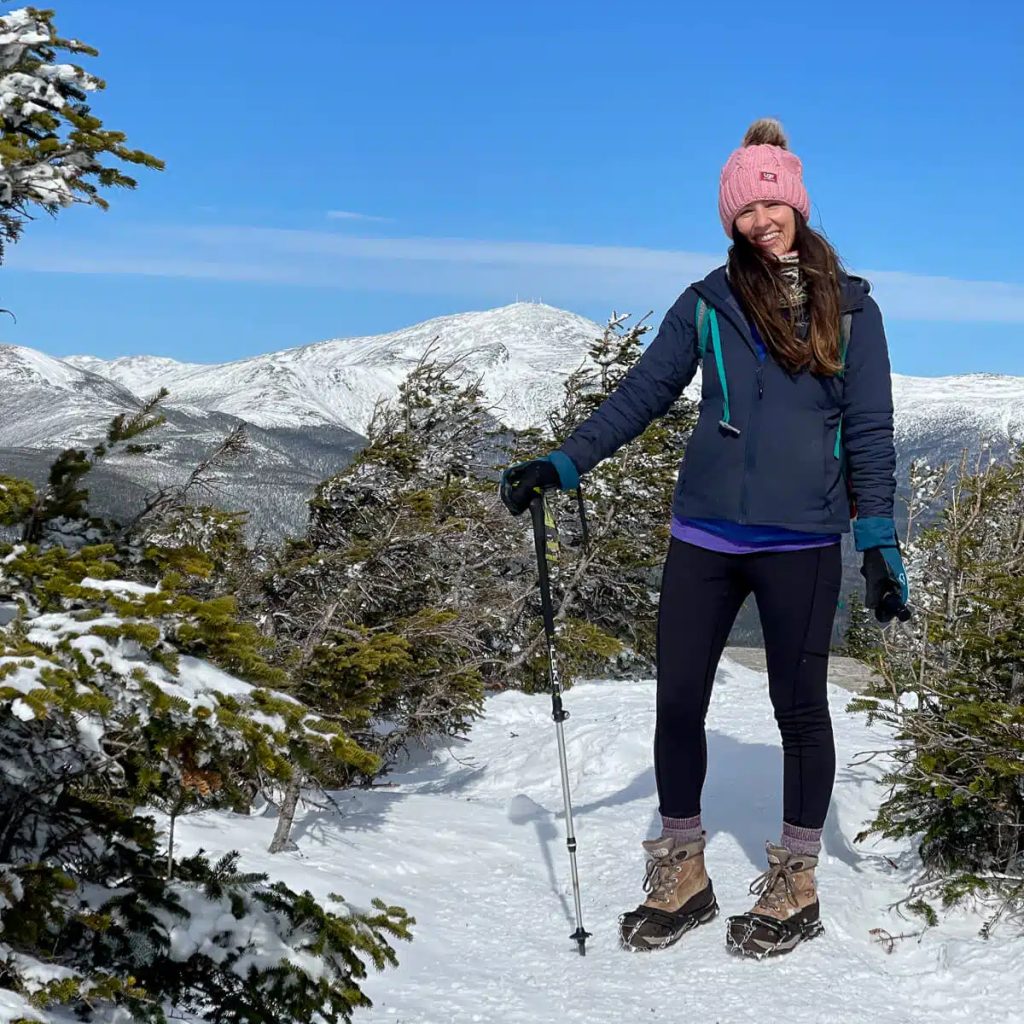Hiking is a fantastic way to enjoy the great outdoors, get some exercise, and experience nature up close. However, the success of your hiking adventure can significantly depend on your choice of outfit. Wearing the right clothing not only enhances comfort but also ensures safety and preparedness for varying weather conditions and terrains. This article provides a comprehensive guide to choosing the perfect hiking outfit, covering essential items, layering strategies, footwear, accessories, seasonal considerations, and care and maintenance.
Essential Items for a Hiking Outfit
Tops and Bottoms
When selecting tops for hiking, it’s essential to consider materials that wick moisture away from your body. Synthetic fabrics like polyester and nylon, as well as natural fibers like merino wool, excel at moisture management. Avoid cotton, as it retains moisture and can make you feel cold and uncomfortable. For bottoms, opt for lightweight and durable pants or shorts made from quick-drying materials. Convertible pants, which can be turned into shorts, offer added versatility. Choose clothing with a good range of motion to ensure ease while navigating trails.
Outer Layers
An outer layer, often referred to as a shell layer, is crucial for protection against wind, rain, and other elements. A waterproof and breathable jacket is essential for all-season hiking. Look for jackets with features like adjustable hoods, sealed seams, and ventilation zippers to enhance comfort and weather resistance. In colder conditions, a softshell or insulated jacket can be layered for additional warmth, ensuring you stay comfortable during your hike regardless of the weather.

Layering Strategies
Base Layers
The base layer is the foundation of a good layering system. It sits next to your skin and should effectively wick moisture away to keep you dry. Lightweight merino wool or synthetic materials are excellent choices for base layers. They regulate body temperature and reduce the risk of chafing. Base layers come in various weights, from lightweight options for summer hikes to heavier ones for colder conditions, providing flexibility for different climates and activities.
Mid Layers
Mid layers provide insulation and retain body heat. Fleece jackets, down vests, and synthetic insulated jackets are common mid-layer options. These materials trap warm air close to your body while allowing moisture to escape. Depending on the weather and your activity level, you can adjust the thickness of your mid layer. In colder conditions, combining multiple mid layers offers enhanced insulation and adaptability, allowing you to fine-tune your comfort level.
Footwear Selection
Hiking Boots
Choosing the right hiking boots is crucial for comfort and safety on the trail. Look for boots that provide adequate ankle support, cushioning, and a sturdy sole with good traction. Waterproof boots are beneficial for wet conditions, while breathable boots help keep feet dry in warmer weather. Ensure your boots fit well, with enough room for your toes and without causing pressure points. Properly broken-in boots prevent blisters and enhance stability on uneven terrain, making your hiking experience more enjoyable.
Socks
Socks are equally important in your hiking outfit. Select moisture-wicking socks made from merino wool or synthetic blends to keep your feet dry and comfortable. Avoid cotton socks, which can lead to blisters when wet. Depending on the season, you may choose different sock thicknesses for warmth or cooling. Wearing liner socks beneath your regular hiking socks can offer additional protection against blisters, especially during long hikes. Proper sock selection contributes to overall foot health and comfort on the trail.

Accessories
Hats and Gloves
Accessories like hats and gloves play a crucial role in comfort and protection. A wide-brimmed hat or a cap protects your face and neck from the sun, while a beanie or balaclava provides warmth in cold conditions. Gloves are essential for keeping your hands warm and preventing chapping or frostbite. In warmer weather, lightweight, sun-protective gloves can shield your hands from UV rays. Choose accessories that match the climate of your hike and enhance your overall preparedness for changing conditions.
Backpacks
A good quality hiking backpack is essential for carrying your gear, water, and snacks efficiently and comfortably. When choosing a backpack, prioritize models with adjustable straps, such as shoulder, sternum, and hip belts, to ensure a snug and secure fit. This adjustability helps distribute the weight evenly across your body, reducing strain on your back and shoulders, and preventing discomfort during long hikes. Padded back panels enhance comfort by providing cushioning and supporting good posture. Ventilated back panels can also improve air circulation, reducing sweat build-up and keeping you cooler on the trail.
Organization is key when it comes to hiking, so look for backpacks with multiple compartments and pockets. Separate compartments for different items, such as a designated pouch for hydration bladders, make it easier to access what you need without rummaging through your entire pack. External pockets can be handy for frequently used items like maps, snacks, and sunscreen. A backpack equipped with a hydration system compartment allows you to use a hydration bladder, enabling you to drink water hands-free through a tube, which is especially convenient for strenuous or technical hikes.

Seasonal Considerations
Warm Weather Hiking
In warm weather, prioritize lightweight, breathable clothing to stay cool and comfortable. Moisture-wicking fabrics and ventilation features are key to managing heat and sweat. Long-sleeved shirts and pants offer sun protection while keeping you cool. Sunglasses and a sun hat with a wide brim can enhance protection from UV rays. Hydration is critical in hot conditions, so consider a hydration backpack or carrying extra water bottles. Proper warm-weather gear ensures safety and comfort during summer hikes, helping you enjoy the trail even in high temperatures.
Cold Weather Hiking
Cold weather hiking requires additional layers to stay warm and comfortable. Start with a moisture-wicking base layer, followed by an insulating mid layer like fleece or down. A waterproof and windproof outer layer protects against the elements. Insulated hiking boots, warm socks, gloves, and a hat are essential for retaining body heat. Consider packing hand and foot warmers for extreme conditions. Staying dry is crucial to avoid hypothermia, so choose clothing that manages moisture effectively. Planning and dressing appropriately for cold weather hikes ensure your safety and enjoyment in winter landscapes.
Care and Maintenance
Cleaning Your Gear
Proper care and maintenance of your hiking outfit extend the lifespan of your gear and ensure it performs well on the trail. Follow the manufacturer’s instructions for cleaning and drying your clothing and footwear. Use gentle detergents and avoid fabric softeners, which can damage technical fabrics’ moisture-wicking properties. Regularly inspect your gear for wear and tear, repairing or replacing items as needed. Proper maintenance preserves the functionality and durability of your hiking outfit, ensuring reliable performance on future hikes.
Storage Tips
Storing your hiking gear properly prevents damage and keeps it ready for your next adventure. Clean and dry your gear thoroughly before storage to prevent mildew and odors. Store clothing in a cool, dry place, and keep footwear in a breathable bag or box. Avoid compressing down jackets and sleeping bags for extended periods to maintain their loft and insulation capabilities. Regularly airing out your gear can prevent musty smells and keep everything fresh. Proper storage practices ensure your hiking outfit remains in good condition, ready for your next trail journey.
Choosing the right hiking outfit involves careful consideration of clothing materials, layering strategies, footwear, and accessories. By tailoring your outfit to the specific conditions and terrains you’ll encounter, you ensure both comfort and safety. Paying attention to care and maintenance helps extend the life of your gear, making each hiking adventure enjoyable and risk-free. With the right outfit, you can fully embrace the beauty of nature and the thrill of hiking, whether you’re a seasoned hiker or a beginner exploring new trails. Happy hiking!
